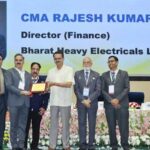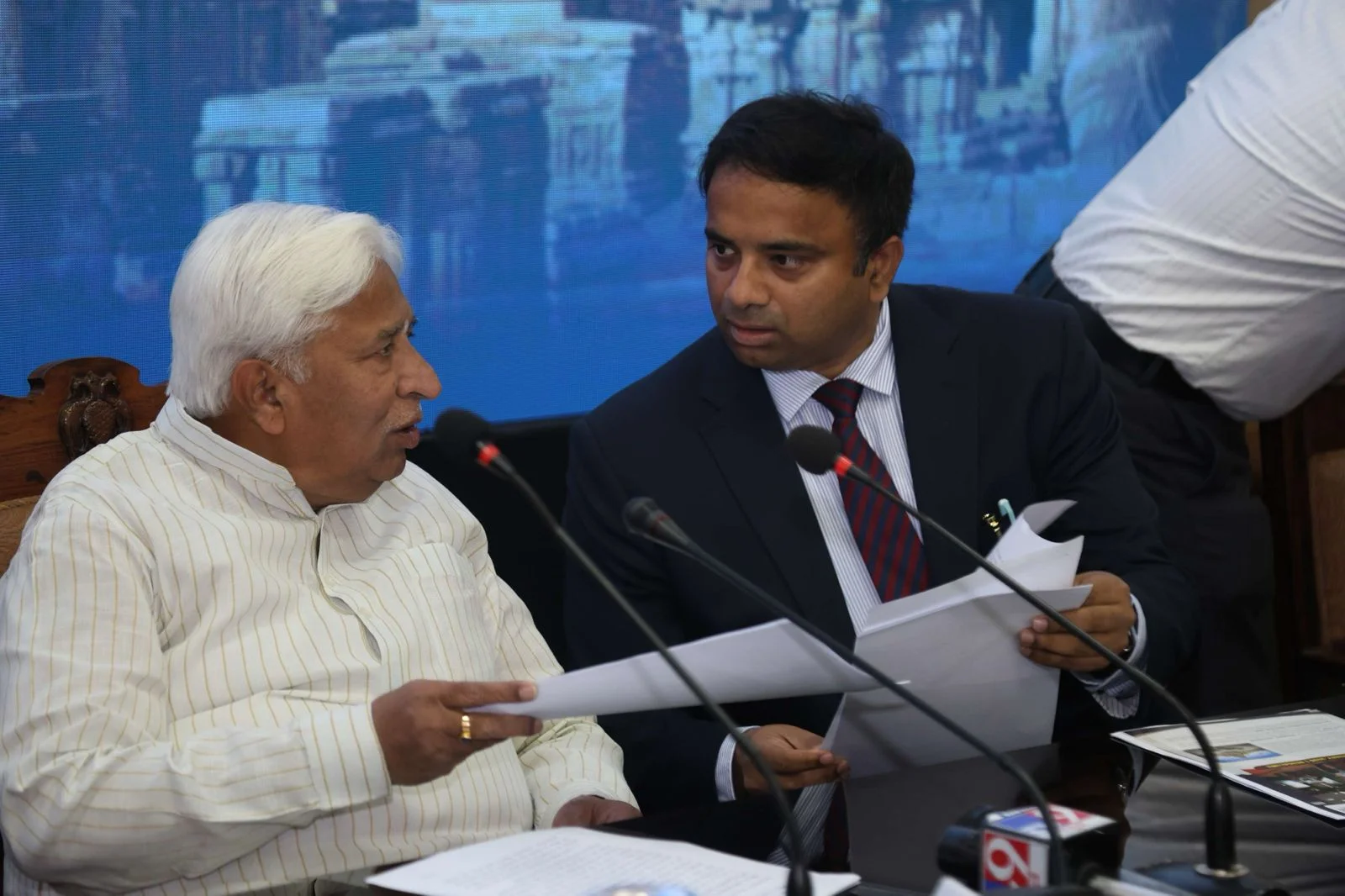Union Minister Manohar Lal chairs regional Conference for the Eastern Region States/ UTs
States to tie up power generation capacities to reliably meet upcoming peak demands
States to develop Intra-State Transmission through Tariff based competitive bidding
State should avail facility of 50 years interest free loan announced by Centre for power infrastructure development
States should optimise power purchase costs through power portfolio management
States to reduce distribution losses as it increases cost of power for consumers
Patna, June 24 The Regional Conference for the Eastern Region States/ UTs was held today at Patna under the Chairmanship of Manohar Lal, Union Minister of Power and Housing & Urban Affairs.
The meeting was attended by Shripad Yesso Naik, Minister of State for Power and Renewable Energy, Kanak Vardhan Singh Deo, Deputy Chief Minister, Odisha, Bijendra Prasad Yadav, Energy Minister, Bihar, Sudivya Kumar, Urban Development and Housing Minister, Jharkhand.
The meeting was also attended by the Union Power Secretary, Secretaries (Power/ Energy) of participating States/ UTs, CMD/MDs of Central and State Power Sector Entities, and senior officers from the Ministry of Power.
Minister in his address, mentioned that India’s power system has evolved into a unified national grid, fulfilling the vision of ‘One Nation-One Grid’ and underlined the importance of a future-ready, modern, and financially viable power sector to fuel the country’s growth. He noted that India successfully met a peak power demand of 250 GW in May 2024 and 242 GW thus far in 2025.
The peak demand is projected to rise further, reaching approximately 270 GW later this year. This reflects India’s transformation from a power-deficit to a power-sufficient nation. He outlined the importance of continuous cooperation and coordination between Central and the State Governments in achieving the vision of Viksit Bharat by 2047.
Minister laid emphasis on ensuring Resource Adequacy and necessary power generation capacity tie-ups. While formulating their Resource Adequacy Plans, States should also ensure a balanced and diversified power generation mix. This should include the addition of nuclear generation capacity, with an aim to establish at least one nuclear power project in each State. India’s peak electricity demand is projected to reach 446 GW by 2034–35 and meeting this sustainably requires proactive planning and continued coordination between the Centre, States, and other stakeholders.
Minister emphasized that the States should work towards resolving the issues faced in development of Intra-State transmission projects, including RoW issues. States should explore diverse options for financing, including listing of transmission utilities and from multilateral institutions.
Minister informed that in the Union Budget 2025-26, allocation of ₹1.5 lakh crore in 50-year interest-free loans to support states’ capital expenditures has been done, which can aid in strengthening the transmission infrastructure.
Minister remarked that States should promote renewable energy coupled with energy storage systems in order to ensure reliability of supply of power. He mentioned India is moving towards having increased share of renewable energy and the same has increased from 32% in 2014 to 49% in April 2025.
He also highlighted the national ambition to achieve 100 GW of nuclear energy by 2047. He urged the States for reinforced implementation of Renewable Purchase Obligation (RPO) mandates and urged States to form dedicated teams for these critical planning.
Union Minister underscored the importance of cybersecurity in the power sector and spoke about Islanding Schemes as the effective measures to prevent power outages owing to cyber incidents and enable resilience of grid.
Minister mentioned that the distribution sector is the most critical link in the power sector value chain, noting that the power sector requires an estimated ₹ 42 lakh crore by 2032.
However, it faces challenges due to poor tariff structures, sub-optimal billing and collection, and delayed payments of Government department dues and subsidies. He emphasized on the importance of reducing the AT&C losses and the gap between Average Cost of Supply (ACS) and Average Revenue Realized (ARR).
He requested the States to engage with the Electricity Regulatory Commissions for ensuring cost-reflective tariffs and timely issuance of tariff and true-up orders. He noted that losses of utilities today add to the cost of power for consumers and also deteriorate delivery of services to consumers.
The Union Minister of Power emphasized that distribution utilities should further strive to improve efficiency through expediting infrastructure and smart metering works under RDSS. Smart meters have huge potential in transforming the way consumers interact with Utilities using the data analytics based on AI/ML tools.
States were urged to expedite the process of installation of smart meters. He emphasised that the pre-paid smart meters is a way to ensure timely release of Government department dues. He asked States to saturate installation of prepaid smart meters in all Government establishments including Government colonies by August 2025 and to complete installation of smart meters for Commercial and Industrial consumers and high load consumers by November 2025.
Union Minister assured States for continuous support of the Central Government to further strengthen the power sector and mentioned that collectively we should strive for “Power for All, at All Times.
Union Minister Manohar Lal also requested to consider one nuclear plant in the state also discussed the forest clearance related issues in transmission projects.
Minister of State for Power and Renewable Energy, in his address, discussed about the execution of the PM KUSUM scheme and requested the states to complete the projects by December, 2025. He also emphasized on the need for accelerated implementation of the PM Surya Ghar Muft Bijli Yojana.
Source – sarkaritel.com
For more news visit our site: Click here







